Tax-free fringe benefits help small businesses and their employees

In today’s tightening job market, to attract and retain the best employees, small businesses need to offer not only competitive pay, but also appealing fringe benefits. Benefits that are tax-free are especially attractive to employees. Let’s take a quick look at some popular options.
Insurance
Businesses can provide their employees with various types of insurance on a tax-free basis. Here are some of the most common:
Health insurance. If you maintain a health care plan for employees, coverage under the plan isn’t taxable to them. Employee contributions are excluded from income if pretax coverage is elected under a cafeteria plan. Otherwise, such amounts are included in their wages, but may be deductible on a limited basis as an itemized deduction.
Disability insurance. Your premium payments aren’t included in employees’ income, nor are your contributions to a trust providing disability benefits. Employees’ premium payments (or other contributions to the plan) generally aren’t deductible by them or excludable from their income. However, they can make pretax contributions to a cafeteria plan for disability benefits, which are excludable from their income.
Long-term care insurance. Your premium payments aren’t taxable to employees. However, long-term care insurance can’t be provided through a cafeteria plan.
Life insurance. Your employees generally can exclude from gross income premiums you pay on up to $50,000 of qualified group term life insurance coverage. Premiums you pay for qualified coverage exceeding $50,000 are taxable to the extent they exceed the employee’s coverage contributions.
Other types of tax-advantaged benefits
Insurance isn’t the only type of tax-free benefit you can provide ¬― but the tax treatment of certain benefits has changed under the Tax Cuts and Jobs Act:
Dependent care assistance. You can provide employees with tax-free dependent care assistance up to $5,000 for 2018 though a dependent care Flexible Spending Account (FSA), also known as a Dependent Care Assistance Program (DCAP).
Adoption assistance. For employees who’re adopting children, you can offer an employee adoption assistance program. Employees can exclude from their taxable income up to $13,810 of adoption benefits in 2018.
Educational assistance. You can help employees on a tax-free basis through educational assistance plans (up to $5,250 per year), job-related educational assistance and qualified scholarships.
Moving expense reimbursement. Before the TCJA, if you reimbursed employees for qualifying job-related moving expenses, the reimbursement could be excluded from the employee’s income. The TCJA suspends this break for 2018 through 2025. However, such reimbursements may still be deductible by your business.
Transportation benefits. Qualified employee transportation fringe benefits, such as parking allowances, mass transit passes and van pooling, are tax-free to recipient employees. However, the TCJA suspends through 2025 the business deduction for providing such benefits. It also suspends the tax-free benefit of up to $20 a month for bicycle commuting.
Varying tax treatment
As you can see, the tax treatment of fringe benefits varies. Contact us for more information.
© 2018











